Are you looking for an easy way to get more green into your life? Here are twelve popular house plants that are just plain good looking.
Houseplants can be a welcome addition to nearly any space—they add so much life and naturally curved lines to your decor. Here, we’ve rounded up twelve of the most popular houseplants to add to a home or office.
What makes a house plant “popular” enough to warrant its inclusion on our list? These are the plants that we see people searching for in our local nurseries, posting about on social media, and talking about in our plant lover communities. Let’s get into it.

Table of Contents
What are the most popular house plants that are easy to take care of?
For most people, a low maintenance plant is one that doesn’t need a ton of water, isn’t picky about its humidity, and can handle a variety of light situations. Plenty of plants on our list of popular house plants fit the bill—check out a zz plant, snake plant, or pothos to start!

What are the most popular indoor plants?
Which plants are considered “most popular” will vary widely depending on where you live, what’s available, and what’s trending. But here are some tried-and-true favorites that are popular among beginner and experienced plant parents alike:

Monstera Deliciosa
When most people think of houseplants, a monstera deliciosa is probably one of the first they imagine. It has gained immense popularity in recent years thanks to the stunning shape of its leaves. Monstera deliciosa are fast growers, which also makes them a satisfying plant to grow.
You will occasionally see this monstera sold as a “Swiss cheese plant,” but that can get confusing, because there are several plants with that nickname, including monstera adansonii and rhaphidophora tetrasperma.
An actual monstera deliciosa will have large heart-shaped leaves. A young plant will have solid leaves. But as the plant matures, if it is given enough indirect bright light, it will put out new leaves that are larger and fenestrated, or perforated.
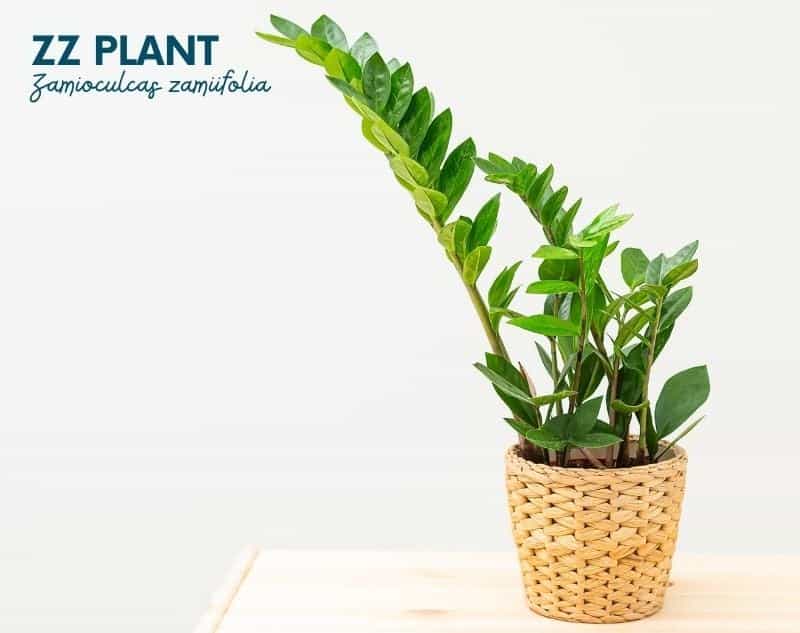
ZZ plant
The zz plant, or zamioculcas zamiifolia, are hardy plants with clean, arching lines that add a nice bit of height to decor. While they prefer medium amounts of bright indirect light, they can handle low light conditions as well (though you won’t see much new growth in a lower light space). These plants need infrequent watering, so if you are prone to forgetting a watering session or two, a zz plant may be a good fit for you. For even more visual interest, check out the dark purple raven zz.
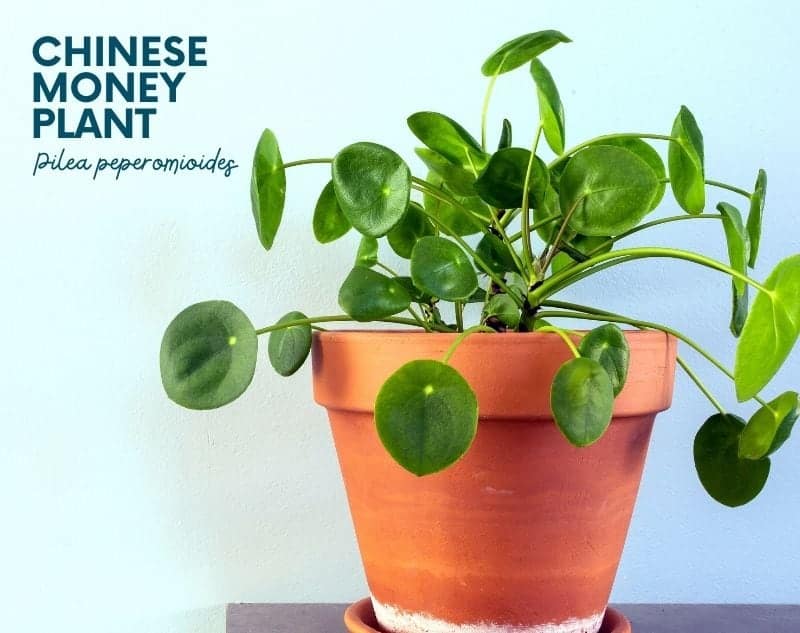
Pilea peperomioides
Commonly called a Chinese money plant, the pilea peperomioides is instantly recognizable by its perfectly round, pancake-like leaves with an indent where the petiole (the part that connects the leaf to the stem) meets the leaf. For the strongest growth, give your plant bright light that is filtered by a curtain or other plants, or reflected off a wall—it will burn in direct sunlight. A happy pilea peperomioides will eventually put out plantelets, or “pups,” which you can separate into their own pups to create new plants!

Snake plant
Next to succulents, a snake plant is one of the most “set it and forget it” houseplants you can find. If you want to add some green to your space, but don’t want to do much plant maintenance, a snake plant may be the houseplant for you. While they prefer brighter light, they can survive in low light conditions, and rarely need water.
Choose a black coral or laurentii snake plant to add some stately height to your decor, or a cylindrica snake plant for some visual interest from its round leaves.
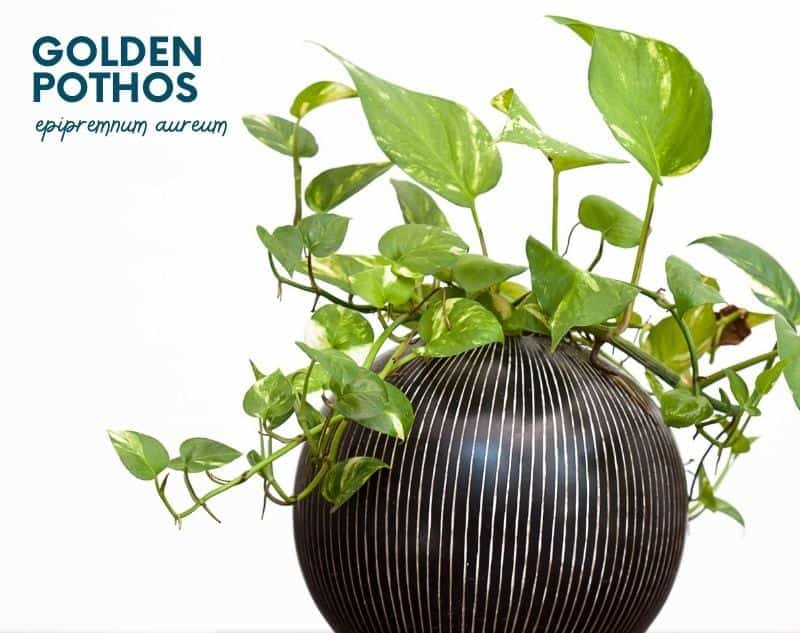
Golden pothos
Pothos, or epipremnum aureum, are beloved for their easy care, flexibility on light requirements,
and lush trailing habit. They are common house plants for beginners because they communicate their watering needs—when they need a drink, the vines get droopy and limp. And then they perk right back up after a watering session.
Pothos are excellent candidates for putting in a hanging basket or on the edge of a table, where their vines can drape and trail. Many varieties of pothos are in demand, but a golden pothos is a classic favorite.

Cebu blue
Though often considered a pothos, cebu blue is actually an epipremnum pinnatum. The lance-shaped leaves of a cebu blue have a silvery-blue tinge, and grow in a vining habit.
Like a pothos, a cebu blue can handle varying amounts of indirect sunlight and will tell you when it needs water—the leaves will curl and the vines will droop when the plant needs more moisture.

Philodendron micans
Plants with velvety leaves are exceedingly popular, and the philodendron micans is the most affordable variety of velvet leaf philodendrons. Its heart-shaped leaves are soft and almost shimmer in the light.
Philodendron micans is a variation of a heart leaf philodendron. Though it can adapt to lower light situations, it will grow best (and fairly quickly!) with more light. Just be sure to avoid direct sunlight, which could burn the leaves.

Hoya
Hoyas, or wax plants, have drastically risen in popularity in recent years. With thick, waxy leaves, these houseplants are succulent-adjacent, making them a bit more forgiving when it comes to watering. They can be grown up a trellis or allowed to trail from a hanging basket, as long as they get enough bright light every day. Mature hoyas will put out clusters of thick star-shaped blooms.
There are many varieties of hoya plants to choose from—for some of our favorites, look for hoya carnosa compacta for spiraled, rope-like growth, or hoya krimson queen for pink or white variegated leaves.
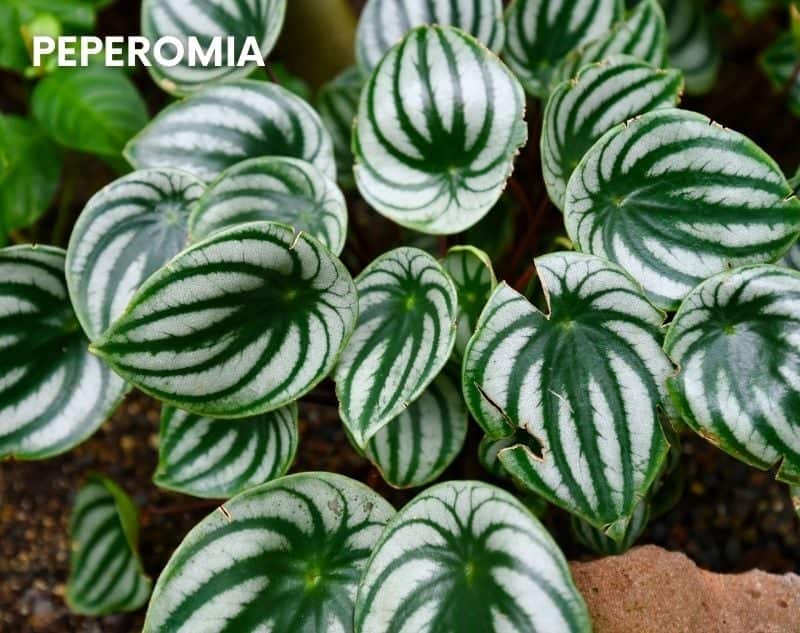
Peperomia
Peperomia come in over 1,000 varieties, so no matter what your space looks like, you are sure to find a peperomia that will fit right in. Most varieties remain fairly small, so if you are working with a tight space, consider a peperomia.
For a green and red leaf plant, look for a peperomia rosso, caperata ‘Schumi Red,’ or ruby cascade. A good small-leafed trailing variety would be a string of turtles. Other popular house plants in the peperomia family include a watermelon peperomia, ginny peperomia, or peperomia hope.
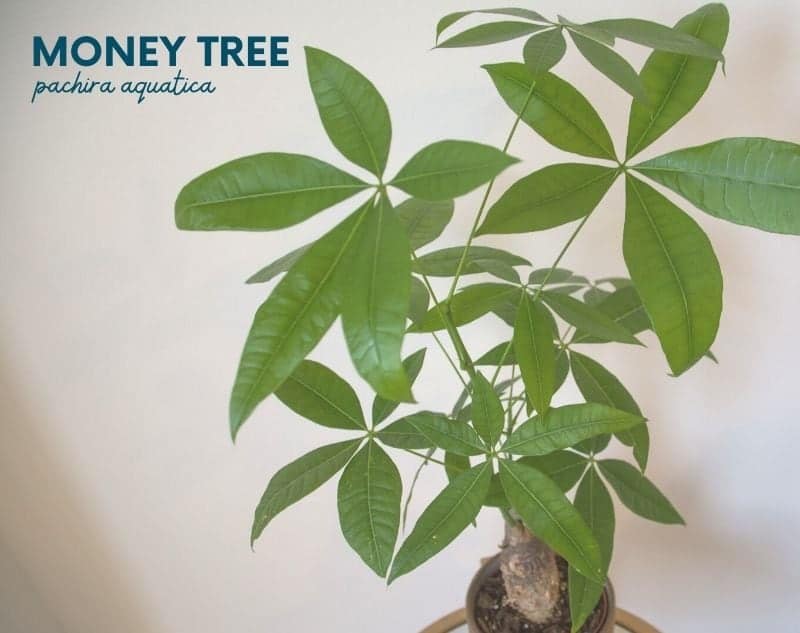
Money tree
A money tree, or pachira aquatica, is often grown as several plants braided together, to give the plant the look of a tree with an intricate, thick trunk. Its large leaves grow in starburst-shaped clusters. Many believe that the money tree will bring good luck, prosperity, and positive energy.
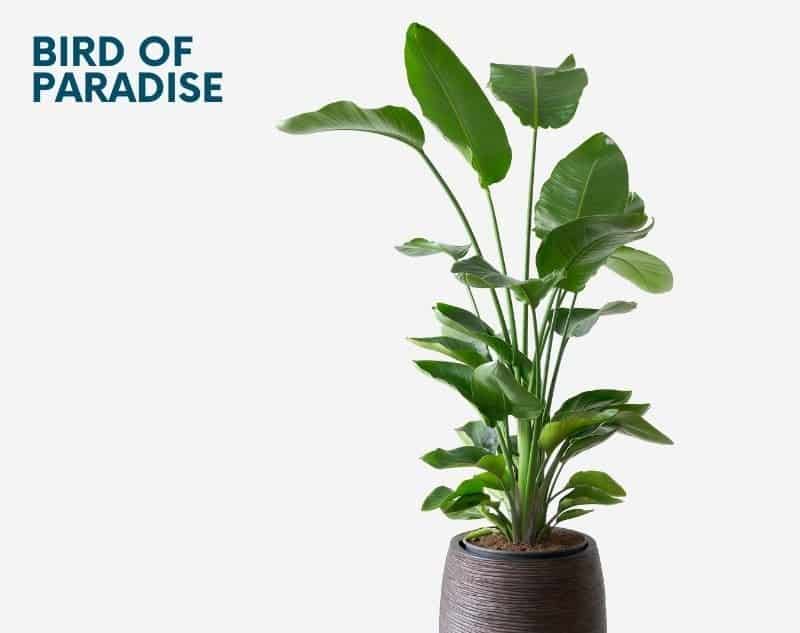
Bird of paradise
With its height and large, fan-like leaves, a bird of paradise can give your space a feel that is both regal and tropical. In nature, they produce bird-like flowers (hence their name), but it is rare to get them to bloom when grown indoors. Instead, enjoy the big, lush foliage.
Birds of paradise require bright light, a little extra humidity, and warm temperatures. If you notice the leaves splitting on the sides, don’t panic! This is a natural occurrence for these beauties.
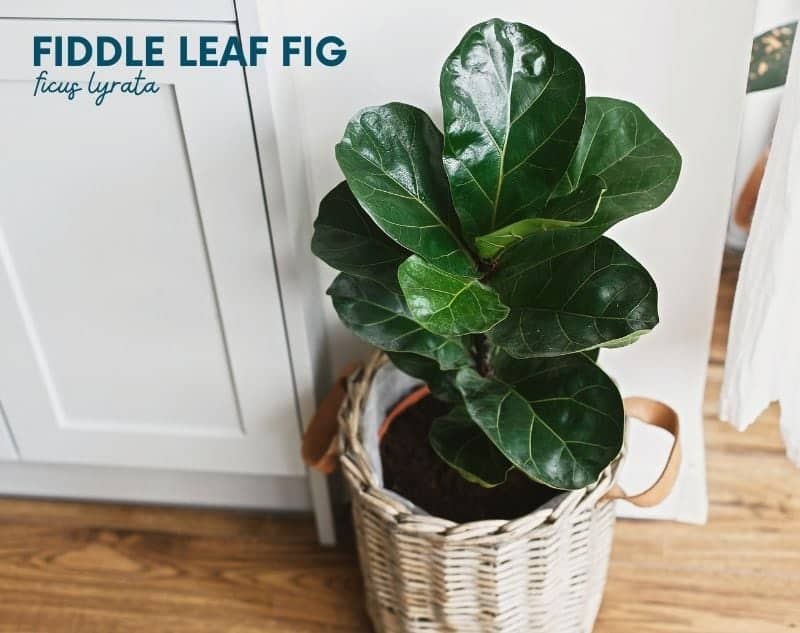
Fiddle leaf fig
Last but not least, we have the fiddle leaf fig, or ficus lyrata. This tree produces large glossy leaves. Wipe down the leaves regularly with a damp cloth to increase the amount of sun that is reaching the foliage. Plus, it makes the leaves shine!
Fiddle leaf fig trees can be somewhat finicky, and don’t like to be moved or to miss a watering session—both of these can lead to dropped leaves. Once you have your fig tree in a bright spot that it likes, don’t plan on moving it often, if at all.
If you want something along the lines of a fiddle leaf fig that’s a little different, consider a ficus benjamina (also called a weeping fig) or ficus alli. Both have the same general overall shape as a fiddle leaf fig, but with a greater quantity of smaller leaves.







